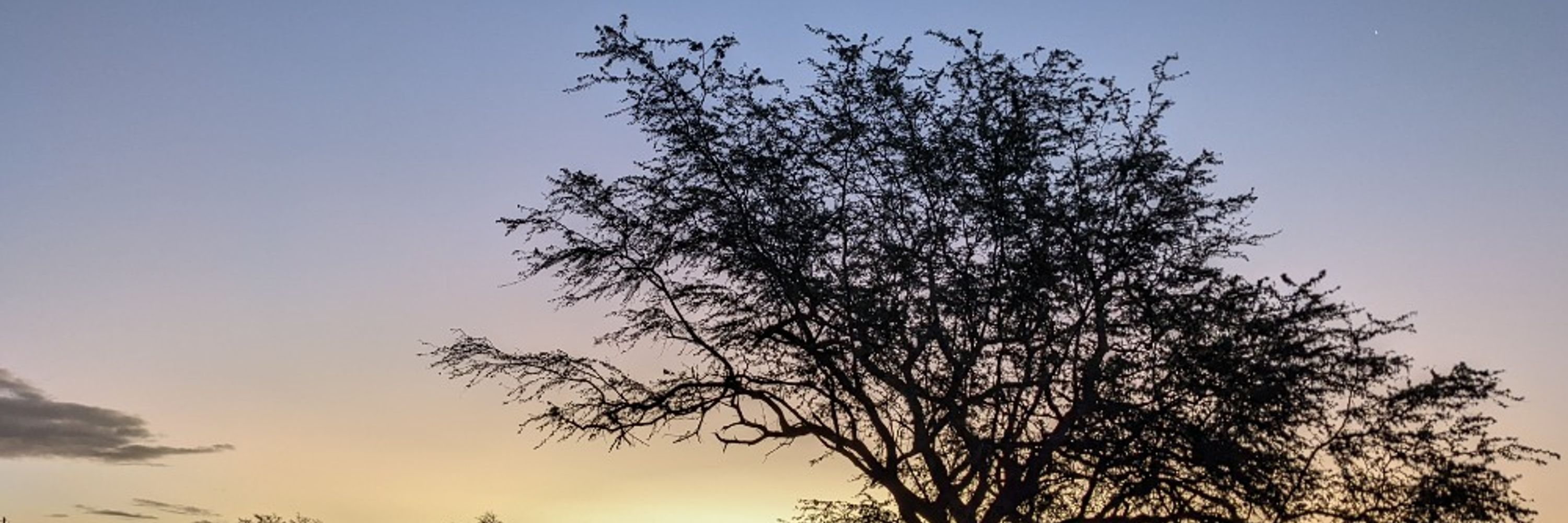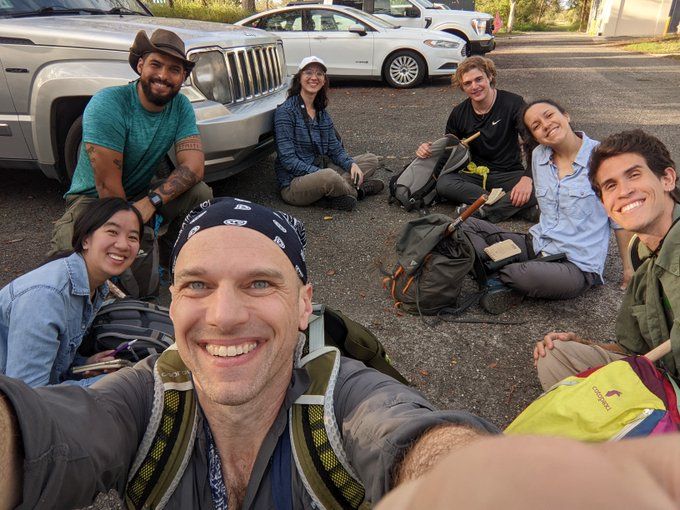
#bioacoustic #birdsong #birds #PuertoRico
#bioacoustic #birdsong #birds #PuertoRico
Today I'll talk about reseach old (duets) and new (dawn chorus). Tomorrow, it's how to make your academic slides slightly less boring 😄
#Ornithology #Birdsong #ScienceCommunication #FieldworkAbroad #AcademicLife

Today I'll talk about reseach old (duets) and new (dawn chorus). Tomorrow, it's how to make your academic slides slightly less boring 😄
#Ornithology #Birdsong #ScienceCommunication #FieldworkAbroad #AcademicLife















· Acoustic analysis.
· Advanced statistics (e.g., mixed models, multivariate analyses, Bayesian approaches).
· Programming in R and Python.
· Scientific writing.
· Spanish language ability (helpful for fieldwork in Puerto Rico). (4/6)

· Acoustic analysis.
· Advanced statistics (e.g., mixed models, multivariate analyses, Bayesian approaches).
· Programming in R and Python.
· Scientific writing.
· Spanish language ability (helpful for fieldwork in Puerto Rico). (4/6)








